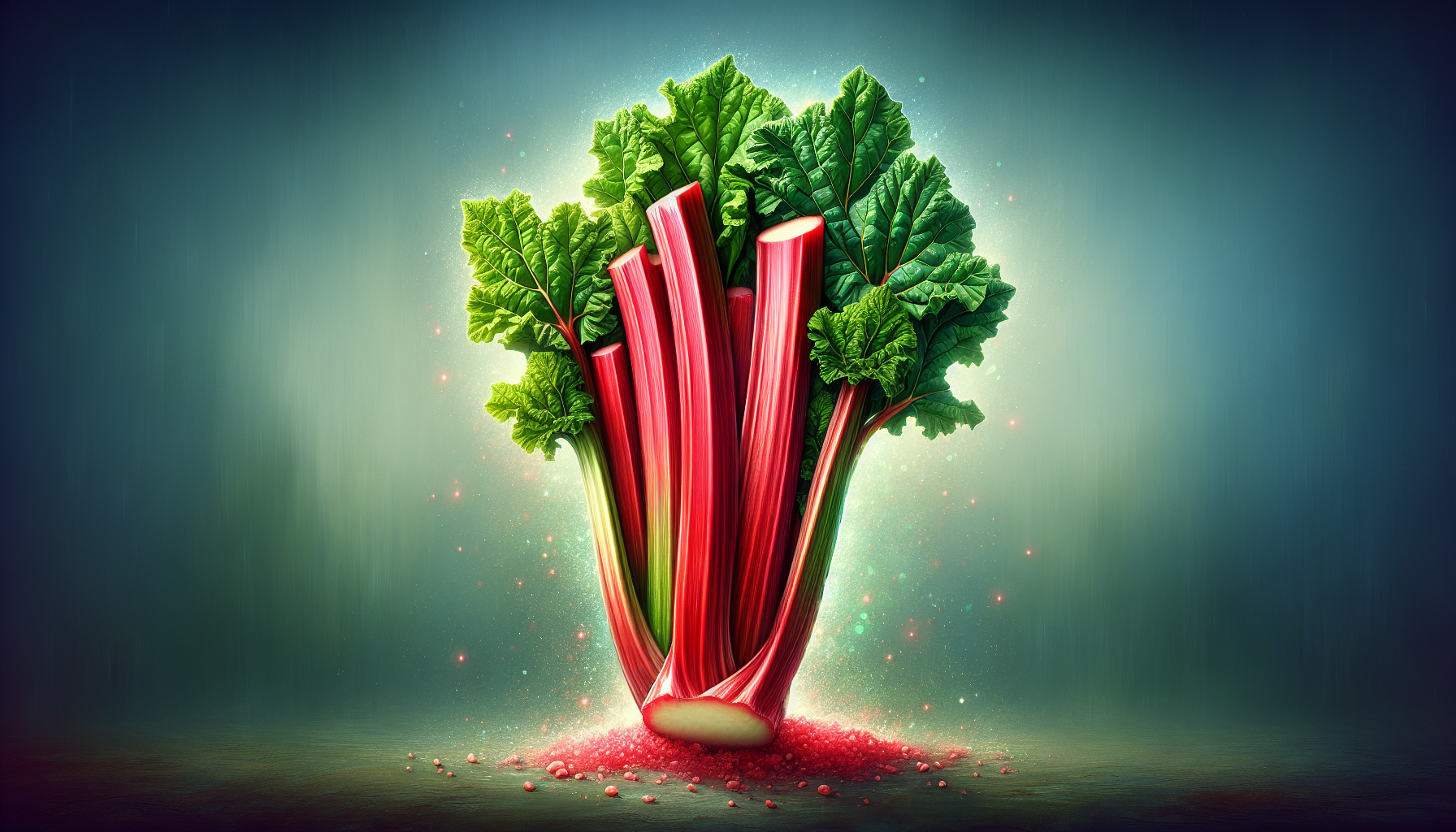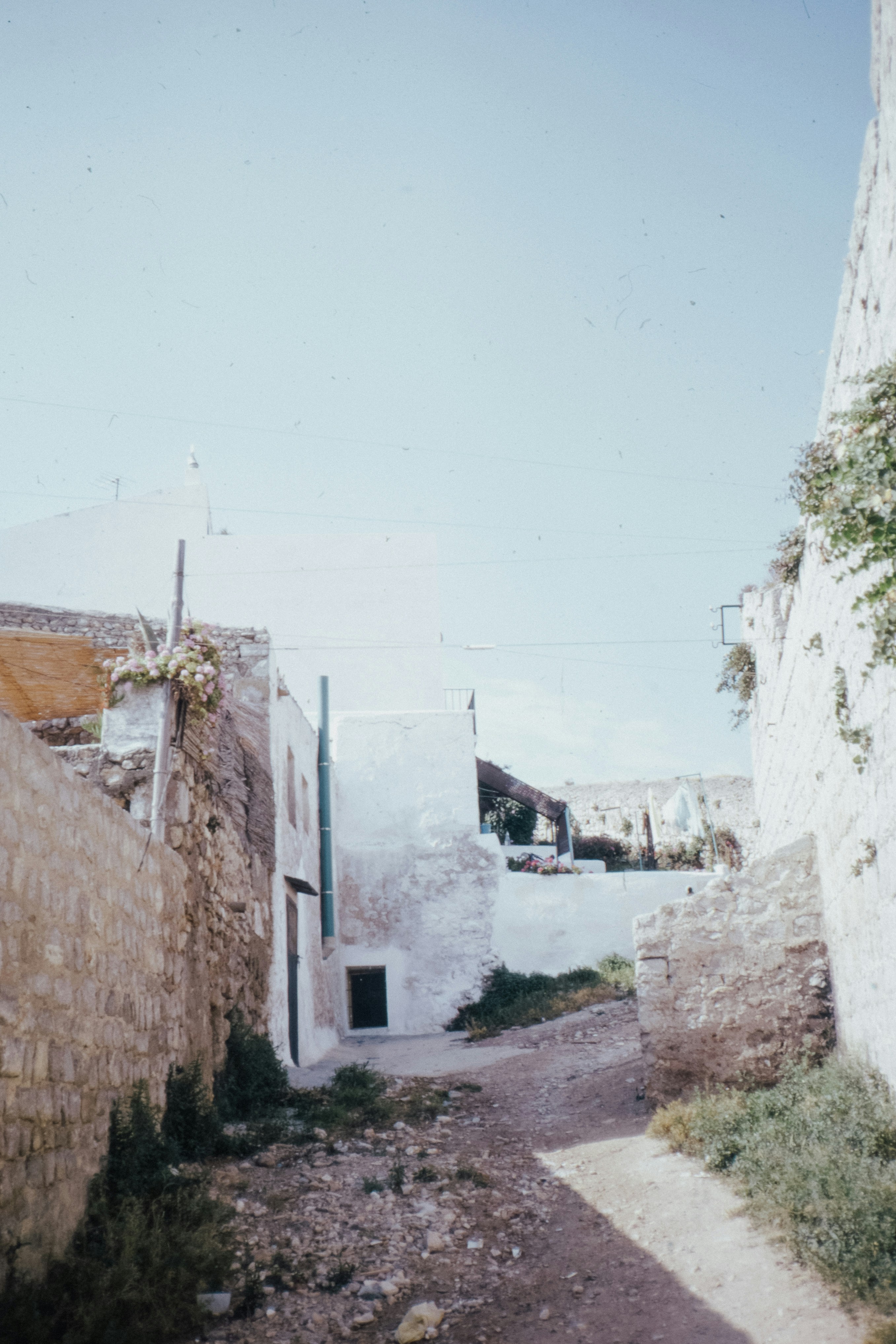Have you ever wondered how certain foods could affect your kidneys? Understanding the connection between what you eat and kidney health, particularly regarding kidney stones, can be eye-opening. One key player in this relationship is oxalate, a naturally occurring substance found in many foods.
What Are Oxalates?
Oxalates are organic compounds found in various plants, particularly in leafy greens, nuts, seeds, and certain fruits. When your body metabolizes these compounds, they can bind with minerals like calcium. If you consume too many oxalates, or if your body doesn’t manage them properly, it may result in the formation of kidney stones.
Natural Sources of Oxalates
You’re probably curious now—where exactly can you find these oxalates? Here’s a quick table of some common high-oxalate foods:
| Food Item | Oxalate Content (mg per 100g) |
|---|---|
| Spinach | 970 |
| Rhubarb | 860 |
| Swiss Chard | 670 |
| Beets | 110 |
| Nuts (Almonds) | 475 |
| Potatoes | 100 |
| Dark Chocolate | 50 |
| Black Tea | 40 |
While you don’t need to avoid these foods entirely, being aware of their oxalate content can help you make informed choices, especially if you’re prone to kidney stones.
How Do Oxalates Contribute to Kidney Stones?
When there’s an excess of oxalates in your body, they can combine with calcium in your urine, leading to the formation of calcium oxalate stones, which are the most common type of kidney stones. The process might sound simple, but it’s crucial to understand the role urine plays in this.
The Role of Urine
Urine acts as a solvent for minerals and waste in your body. Ideally, your urine should be dilute enough so that the minerals can stay dissolved. However, when your urine is concentrated and contains high levels of oxalate and calcium, these compounds can crystallize, leading to stones.
If you’re already prone to dehydration or have a high-protein or high-sodium diet, your risk increases further. For some, it may not just be about oxalate levels but also the overall balance in their diet.
Types of Kidney Stones
Not all kidney stones are the same, and understanding the differences can shed light on how oxalates fit into the bigger picture. Here’s a summary of the main types of kidney stones:
| Type | Description | Prevalence (%) |
|---|---|---|
| Calcium Oxalate | Formed from calcium and oxalate; most common type | 70-80% |
| Calcium Phosphate | Less common; associated with certain metabolic disorders | 5-15% |
| Struvite | Formed in response to urinary tract infections | 10-15% |
| Uric Acid | Associated with high levels of uric acid; linked to gout | 5-10% |
When it comes to oxalates, they are primarily linked to calcium oxalate stones. If your doctor has indicated that you possess this type, you may want to pay more attention to your oxalate intake.
Factors That Influence Oxalate Absorption
Surprisingly, not everyone who consumes high-oxalate foods will form kidney stones. Several factors can affect how much oxalate your body absorbs, including:
Gut Health
Your gut health can play a crucial role in how efficiently you absorb oxalate. Certain gut bacteria can break down oxalates, reducing their absorption. If you have an imbalance in gut flora, you might absorb more oxalates than someone with a healthier microbiome.
Dietary Calcium
It might seem counterintuitive, but consuming calcium-rich foods alongside oxalate-rich foods can help reduce oxalate absorption. Calcium binds to oxalate in your gut and prevents it from being absorbed into the bloodstream. This means a diet that includes both calcium and oxalate can actually be beneficial.
Hydration
Staying well-hydrated is one of the easiest ways to decrease your risk of kidney stones. More fluid intake dilutes the substances in your urine that lead to stones, including oxalate, calcium, and uric acid.
How to Manage Oxalates in Your Diet
If you find yourself grappling with frequent kidney stones, managing your oxalate intake might be crucial. Here are some practical tips to keep your oxalate levels balanced while still enjoying the diversity of your diet.
Know Your Diet
Knowledge is power! Keeping a food diary to track your consumption of high-oxalate foods can help you identify patterns and correlations. You might notice that certain foods or meals consistently lead to discomfort.
Balance Your Intake
Instead of abandoning high-oxalate foods altogether, consider how you can balance your intake. Pair those high-oxalate vegetables with calcium-rich foods, such as yogurt or cheese. This can help reduce the risk of stones forming.
Monitor Portion Sizes
Portion sizes matter. Smaller servings of high-oxalate foods can make a big difference. Instead of consuming a large spinach salad, consider mixing it with low-oxalate greens like lettuce or cabbage.
Stay Hydrated
Aim for at least eight 8-ounce glasses of water daily, or even more if you’re physically active or live in a hot climate. Proper hydration helps keep your urine diluted and decreases the likelihood of stone formation.
Supplement Wisely
There’s some discussion about the role of vitamin C and its potential link to kidney stones. While vitamin C is essential for health, your body metabolizes it into oxalate. If you tend to consume high doses of vitamin C through supplements, consider scaling it back a bit.
Recognizing Symptoms of Kidney Stones
If you’re concerned about kidney stones, knowing the symptoms can help you seek medical advice promptly. Early identification can lead to easier management and relief.
Common Symptoms
The signs and symptoms of kidney stones can vary, but some common ones include:
- Severe Pain: Often described as one of the worst pains possible; usually felt in the side or back.
- Discomfort During Urination: A burning sensation can occur when passing urine.
- Persistent Urge to Urinate: You may feel the urge to urinate frequently, even if little comes out.
- Blood in Urine: The presence of blood, giving urine a pink or reddish hue, can be alarming.
- Nausea and Vomiting: The pain can cause feelings of nausea and sometimes lead to vomiting.
If you’re experiencing any combination of these symptoms, it’s best to consult a healthcare professional.
When to Seek Medical Attention
It’s crucial to know when to seek medical attention regarding kidney stones. While some stones can pass on their own, others may require medical intervention.
Situations That Require Attention
- Inability to Pass Stone: If you’re unable to urinate or have severe pain that isn’t relieved by over-the-counter medications.
- Signs of Infection: If you have a fever, chills, or persistent nausea alongside your symptoms, it may indicate an infection requiring immediate treatment.
- Frequent Recurrence: If you experience multiple episodes of kidney stones, it could indicate an underlying issue that needs to be addressed.
Treatment Options for Kidney Stones
Should you find yourself with kidney stones, understanding the treatment options can empower you to take informed steps toward recovery. Treatment approaches vary depending on stone size and type.
Self-Care Strategies
For smaller stones, self-care strategies often suffice.
- Hydration: Drinking plenty of fluids encourages stone passage.
- Pain Relief: Over-the-counter pain relievers such as ibuprofen can help manage discomfort.
Medical Treatments
If stones are larger or causing significant pain, medical treatments might be necessary:
- Ureteroscopy: A thin tube equipped with a camera is inserted through the urinary tract to remove or break the stone.
- Extracorporeal Shock Wave Lithotripsy (ESWL): A procedure that uses sound waves to break stones into smaller pieces, allowing them to pass more easily.
- Percutaneous Nephrolithotomy: For larger stones, surgical removal may be necessary.

Preventing Future Stones
Once you’ve experienced kidney stones, the last thing you want is for them to recur. Preventative measures involve multiple lifestyle adjustments.
Dietary Adjustments
- Reduce Sodium: Keeping an eye on your sodium intake can help, as high sodium levels are linked to calcium excretion in the urine.
- Limit Animal Protein: High-protein diets, particularly from animal sources, may increase the risk of stone formation.
- Monitor Calcium Intake: Ensure adequate calcium intake but avoid excessive supplementation.
Lifestyle Changes
- Stay Active: Regular physical activity can help regulate metabolism and maintain overall health.
- Routine Check-ups: Regular doctor visits can help in monitoring your kidney health, especially if you have a history of stones.
Conclusion
Navigating the relationship between oxalates and kidney stones can feel overwhelming at times. However, being informed and proactive puts you in the driver’s seat when it comes to your health. By understanding oxalates, reviewing your diet, and seeking regular medical advice, you can significantly reduce your risk of kidney stones while still enjoying a wide array of delicious foods. Taking these small steps might just save you from the discomfort of stones in the future. Remember, it’s not just about avoiding certain foods—it’s about creating a balanced lifestyle that nurtures your kidneys and overall wellness.





